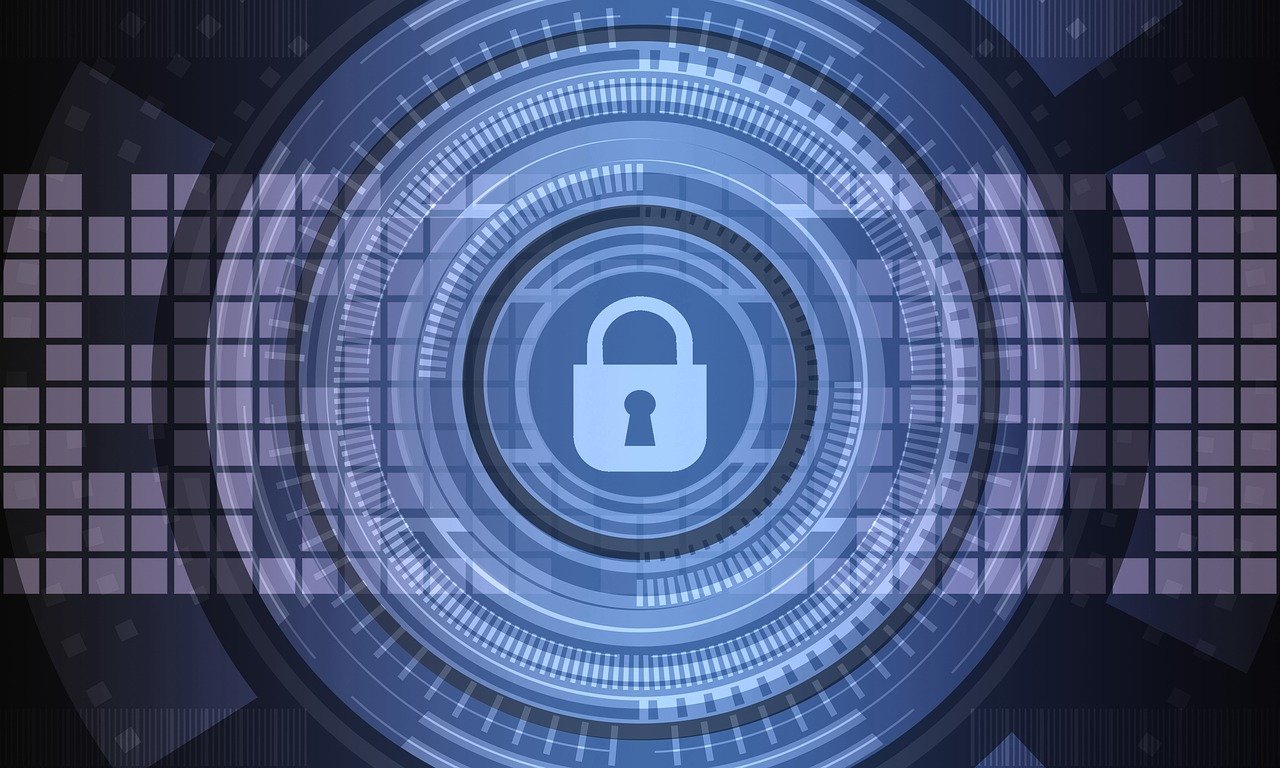
Pre-reading questions:
I will read each question. Then, please answer them.
- Have you experienced any software problems?
- Are you updated about cybersecurity news?
Vocabulary:
I will read the words, meanings, and sample sentences. Then, repeat after me.
- implement /IM-pluh-muhnt/
- initially /ih-NISH-uh-lee/
- generate /JEN–uh-reyt/
- unique /yoo-NEEK/
- adopt /uh-DOPT/
[verb] – to start using a plan or system
Most stores have implemented digital payment.
[adverb] – at the beginning
Initially, Lora wanted to go to law school.
[verb] – to cause something to exist
The store’s online app generates a barcode.
[adjective] – being the only existing one of its type or, more generally, unusual, or special in some way
Your name is unique; I have never heard of it before.
[verb] – to accept or start to use something new
Our school is planning to adopt online learning.
Article reading:
Please read the whole article. Then, I will check your pronunciation and intonation.
Microsoft has implemented a passwordless option for its users who constantly forget their passwords and to prevent cyberattacks. On September 15, 2021, the company announced that it will offer a “passwordless account” for all users of several popular services such as Microsoft Outlook and Microsoft OneDrive in the coming weeks. Initially, the account was only available to corporate accounts. According to Vasu Jakkal, the company’s corporate vice president of security, users can now remove the password of their Microsoft accounts. Microsoft (MSFT) will allow users to sign in to their services with either the company’s Authenticator app, which generates a unique numbered login code every few seconds, or with Windows Hello, which lets users log in using facial recognition, a fingerprint or a unique pin. In addition, Microsoft users can also register a phone number to which Microsoft sends a verification code.
As more employees adopt a work-from-home setting, hackers could find more opportunities to break into a company’s system. Microsoft has reported that 579 password attacks occur every second, resulting in up to 18 billion attacks a year. Based on cybersecurity experts, the choice of most users to re-use the same password across accounts is an easy point of entry for hackers. Almost all of Microsoft’s own employees now log into their corporate accounts without passwords, Jakkal said.
As more employees adopt a work-from-home setting, hackers could find more opportunities to break into a company’s system. Microsoft has reported that 579 password attacks occur every second, resulting in up to 18 billion attacks a year. Based on cybersecurity experts, the choice of most users to re-use the same password across accounts is an easy point of entry for hackers. Almost all of Microsoft’s own employees now log into their corporate accounts without passwords, Jakkal said.
Comprehension questions
I will read each question. Then, please answer them based on the article.
- What will Microsoft offer its users?
- Who is Microsoft’s corporate vice president of security?
- What does Microsoft’s Authenticator app generate?
- Based on Microsoft, how many password attacks take place every second?
- According to cybersecurity experts, what is an easy point of entry for hackers?
Discussion questions
I will read each question. Then, please answer them.
- When was the last time you heard of a software’s security update?
- In your country, are cybersecurity careers in high demand?
- If you were a developer of a social network, what passwordless log-in method would you offer your users?
- Which log-in method do you think is safer, fingerprint or facial recognition?
- In your opinion, how can a person protect his/herself from cyberattacks?